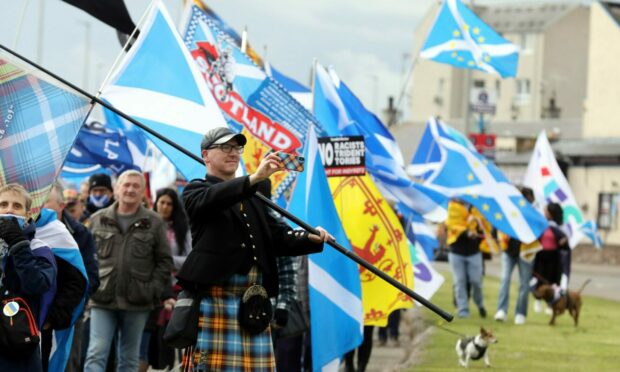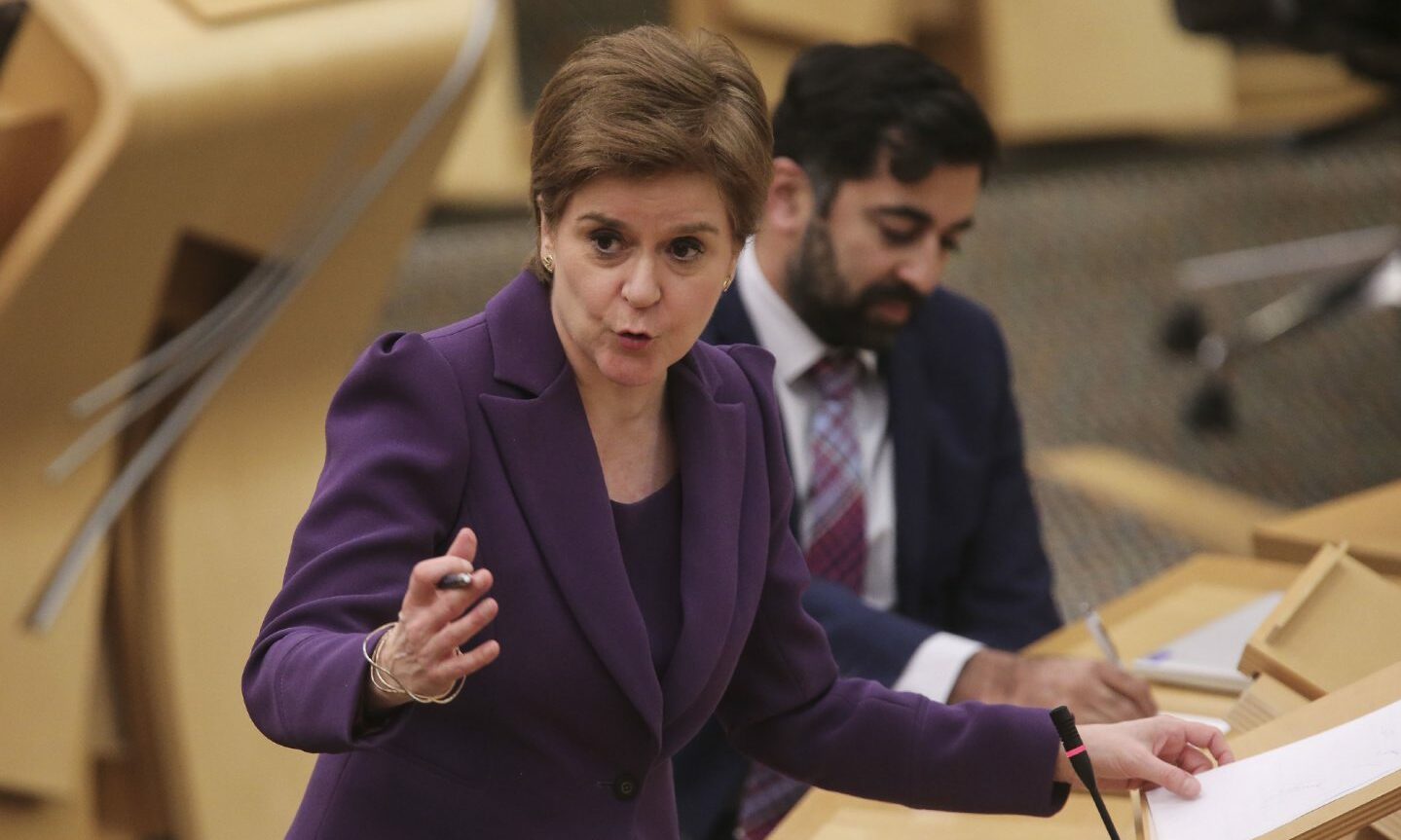More than half of voters in Scotland don’t want a second independence referendum to take place next year, a new poll has found.
Nicola Sturgeon announced on Tuesday she intends to hold a rerun of the 2014 poll on October 19 next year despite Westminster’s refusal to grant a vote.
The first minister confirmed she was asking the UK’s Supreme Court to rule if Holyrood is allowed to hold a referendum without Boris Johnson’s approval.
But when asked whether a referendum should take place next year, 53% of voters said it should not, 40% said it should, and the rest were undecided.
The Scotsman poll, carried out by Savanta ComRes, had support for independence on a knife-edge.
The survey found that 44% of those questioned supported leaving the UK, 46% were opposed to independence, while 10% remained unsure.
When undecided voters were removed, 49% said they would vote Yes, while 51% said they would vote No.
Savanta ComRes associate director Chris Hopkins said the results on the question of whether Scotland should be an independent country are “practically neck and neck”.
He said: “Support for a second independence referendum without a section 30 is driven by those in the Yes camp; opposition comes almost wholly from the No camp.
“Four in five Yes voters say the case for independence is stronger now than in 2014, a majority of No voters say it’s weaker now.
🚨NEW #indyref2 voting intention for @TheScotsman
✅ Yes 44% (-1)
❎ No 46% (-1)
❓ Undec. 10% (+3)w/o Undec.
✅ Yes 49% (=)
❎ No 51% (=)1,029 Scottish adults, 23-28 June
(change from 26 Apr – 3 May) pic.twitter.com/J7BnAFNKlu
— Savanta ComRes (@SavantaComRes) June 30, 2022
“The battle lines that were drawn in 2014 are all too familiar, and Nicola Sturgeon’s defiance to hold a referendum at almost any cost just deepens this divide.”
In her speech to parliament on Tuesday, Ms Sturgeon revealed the SNP will fight the next UK general election on independence alone if she cannot secure a referendum.
Polling for the next Holyrood election in 2026 by Savanta ComRes had the first minister’s party picking up 46% of the constituency vote.
The survey found that Anas Sarwar’s Labour could leapfrog the Tories into second place as the Conservative vote in Scotland continues to plummet.
The first minister remained the most popular party leader north of the border with a net approval rating of +15.
Her predecessor Alex Salmond, who now leads the Alba Party, was least popular with an approval rating of -61.
7 big unanswered questions as Nicola Sturgeon launches new Scottish independence campaign

